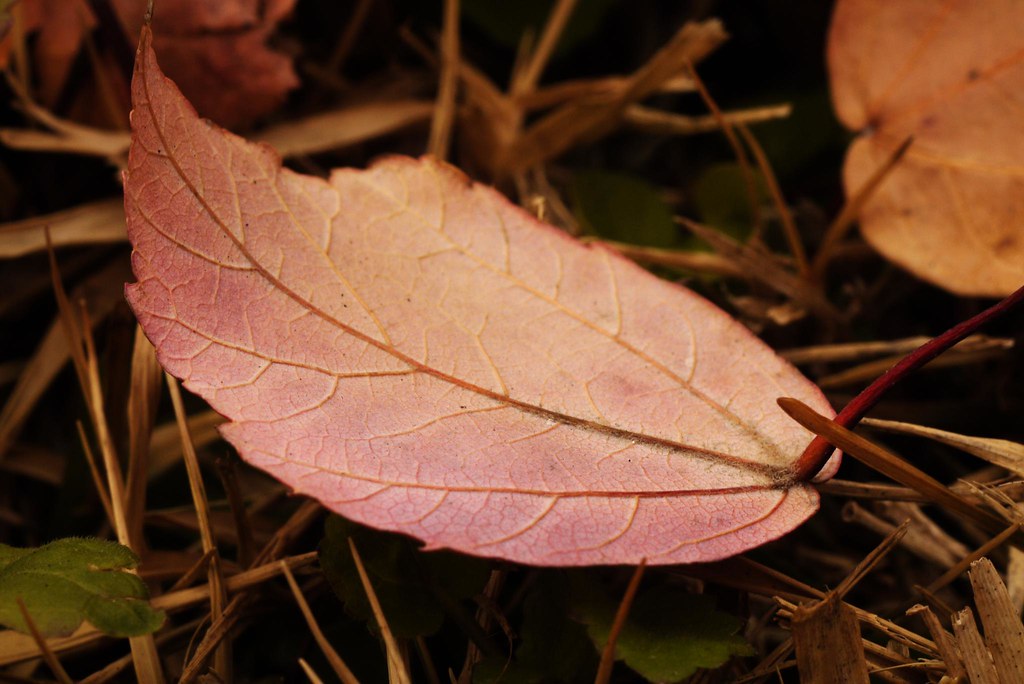"Yeah, people who say: "you can't get bokeh from the 4/3 sensor." have their wires crossed. You get MORE OOF Bokeh per pixel spacing not less. Us M4/3 shooters are zoomed up into the lenses we use. This increases the number of pixels per subject and also the bokeh at the same time. An interesting factoid: If a FF shooter wants the same subject resolution that we get on our cameras they would need to have 48 megapixel sensor (and 64 megapixels in comparison to the GH2). If all other things were the same and they had that then they could crop to the centermost 12mpx and get an identical image to ours."
I am not sure that I am completely following the reasoning here. If I had a 48 MP sensor on my FF and just used the center to get 12 MP I would have the same 12 MP that a 4/3 has. Yes I get that. But I have a FF and have 12 mp and I have the same resolution at 12 mp as you have at 12 mp.
No, we're talking about resolution in world coordinates with all other factors remaining constant. Consider a face. The FF sensor that's 12mp given a 50mm lens with a subject distance of 1m will use all 12mp to resolve the entire head/face (assuming the composition is ear-tip to ear-tip and chin to top). Place the same lens on a M4/3 at the same distance and now we're using 12mp to resolve just the nose,
maybe both eyes, and from the upper lip to about the eyebrows.
When that is then displayed on the monitor the M4/3 appears "zoomed" in because the photocite density of the FF is half while the number of photocites (pixels) remains the same between the two.
If the lens is set to f/1.2 for example then the m4/3 user is resolving 1 inch of DOF blur in scene-space over let's say 500 pixels. The lens is producing the identical amount of DOF for both camera systems - the lens doesn't change it's physical properties. The FF camera then records that same 1 inch of blur (in scene relative measurements) across 250 pixels. The blur size for the FF is half as much as the M4/3 produced when displayed at a pixel ratio of 1:1 on the same monitor.
Of course once we increase the subject distance so that the M4/3 can fit the entire head matching the composition of the FF shot we change the focus distance and the AOV and the story changes. But all other things remaining constant and just changing out the camera bodies - then when we display the recorded image on our monitors at 1:1... I'm sure you see what I'm saying, right?
What I have that a 4/3 doesn't have is greater accutance (because of lower signal to noise) and less magnification for the same size print at the same crop.
Right, that's mostly a function of photocite density (pixel size) and some to do with the dimensions of the sensor too (sensor size).
Resolution is not the biggest deal in digital, accutance and magnification are the bigger deals. In film, magnification and resolution were and then accutance. But digital by the nature of the pixel shape is different.
Well, that all depends on the subject being photographed. Given the identical composition in scene-space like, the entire head for both systems in the above example, then yes, absolutely, of course. If you're interested in capturing some scene/image aspect without regard to maintaining the identical composition then no probably not. An example of this might be some of the images seen in the "Photograph Your Bokeh" thread.
The M4/3 users there are able to record much blurrier images (per pixel) overall than a FF user could ever hope to - given they were both 12mp sensors etc.
Another example might be the observation of an insect at exactly 1m (given the same lens of course). Or inspecting the resolving properties of the center portion of a lens to see how good (or bad) it is. In the later case the M4/3 might be able tell you more than FFs of the same pixel count can. Lenses that can't resolve scene detail well may show it more on an M4/3 than a FF. etc. That sounds right anyway...

But 12 mp is 12 mp I think that is what you are saying, yes? Joe
Ummm...








